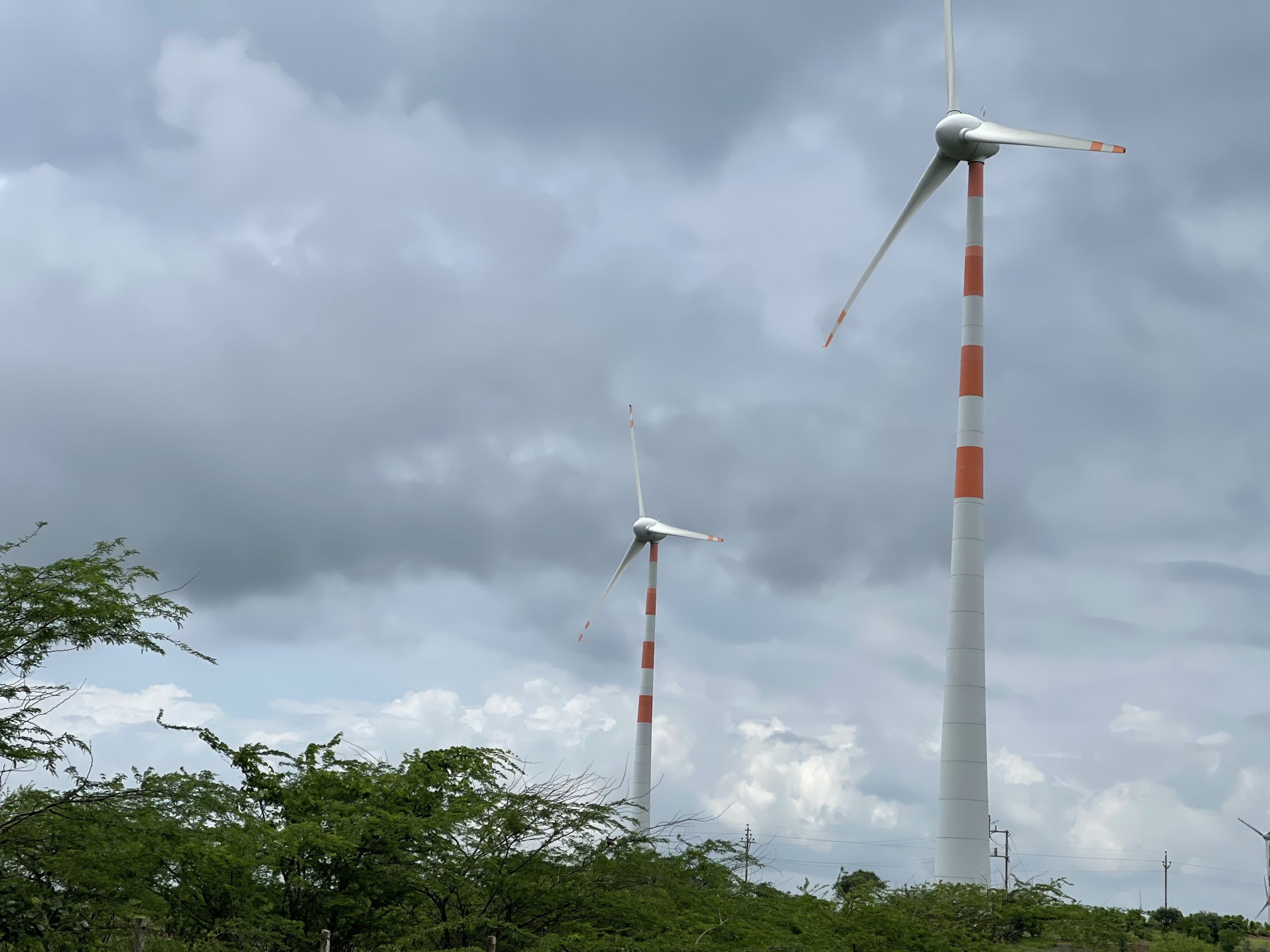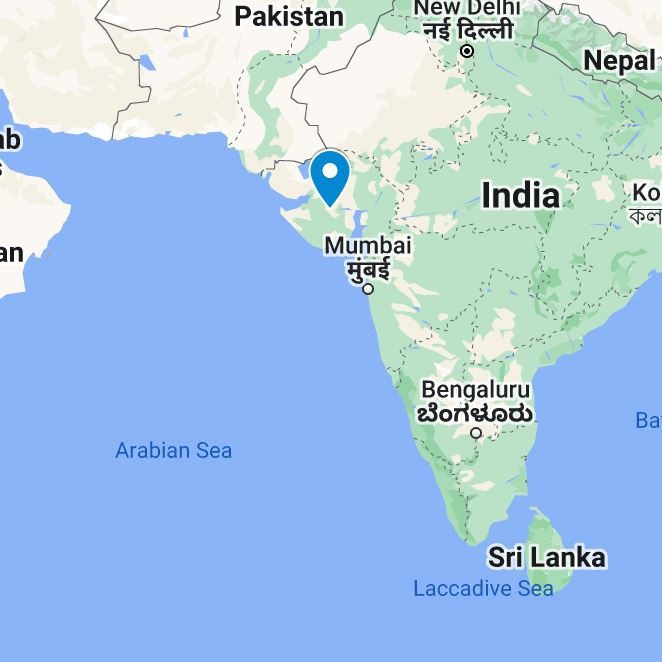Located in the state of Gujarat, on the west coast of India, this large-scale wind power plant harnesses the power of the Arabian Sea to generate clean, renewable energy. The plant consists of 100 wind turbine generators, each with a capacity of 1.5 megawatts (MW). This brings the plant’s total installed capacity to 150 MW. The electricity generated is transmitted to the national grid via a high voltage transmission line.
Benefits: Climate & Environment
The Gujurat wind power project in India is tackling climate change head-on, by displacing electricity generation from fossil fuel plants. The project harnesses wind power to generate clean energy, thereby reducing greenhouse gas emissions and mitigating the effects of global warming.
Fossil fuel plants release pollutants like particulate matter, nitrogen oxides, and sulphur oxides. These pollutants contribute to smog, acid rain, and respiratory illnesses. The switch from fossil fuels to wind power helps to reduce this air pollution. Wind power produces no harmful emissions during operation. This translates to cleaner air for the surrounding region. Residents can breathe easier, knowing the air they inhale is free from harmful pollutants associated with fossil fuel combustion. This not only improves public health but also creates a more pleasant and healthy environment for the community.
Benefits: Social & Economic
The project’s impact extends beyond environmental benefits. It ensures a reliable and sustainable source of power for the local population, promoting long-term stability and reducing dependence on potentially volatile fossil fuel supplies. This empowers communities by creating a foundation for economic growth and improved quality of life.
Furthermore, the project has boosted the regional economy. Skilled and unskilled labour opportunities have been created during construction and operation, fostering local development. The project has also spurred infrastructure improvements, such as new roads, better water availability, and enhanced medical facilities. These advancements contribute to a more prosperous and resilient future for the region.


Project Verification


